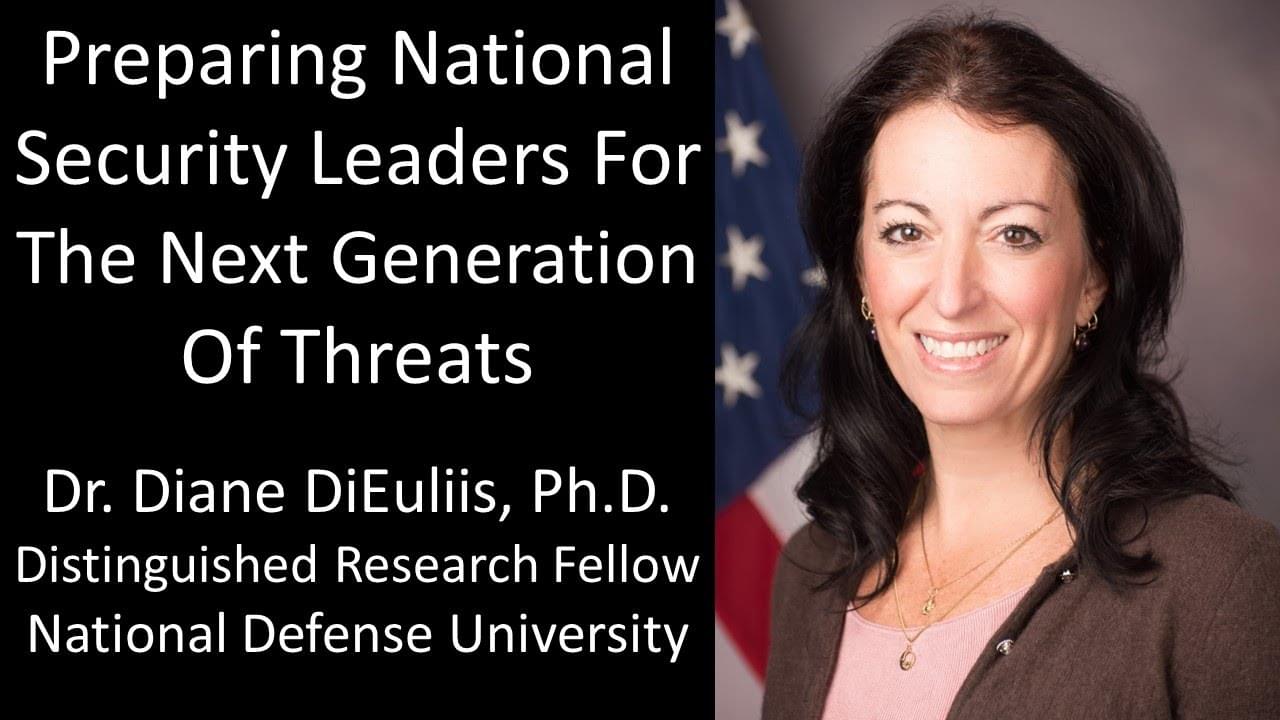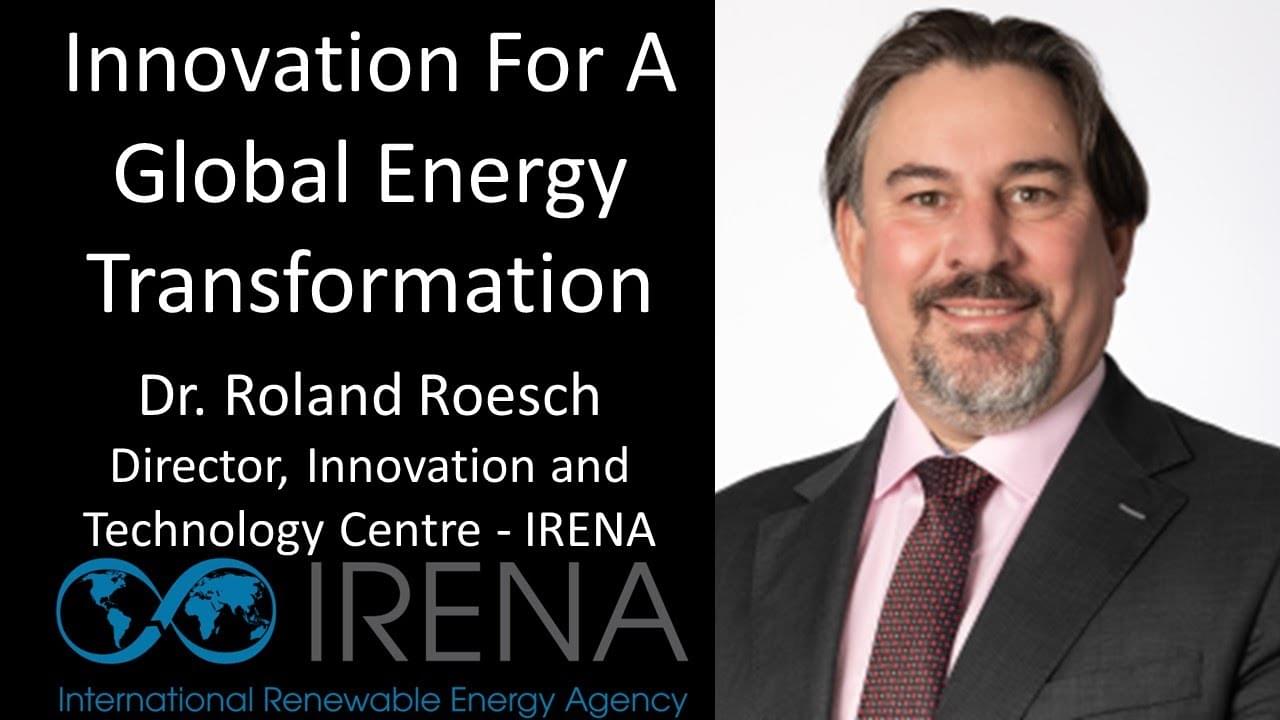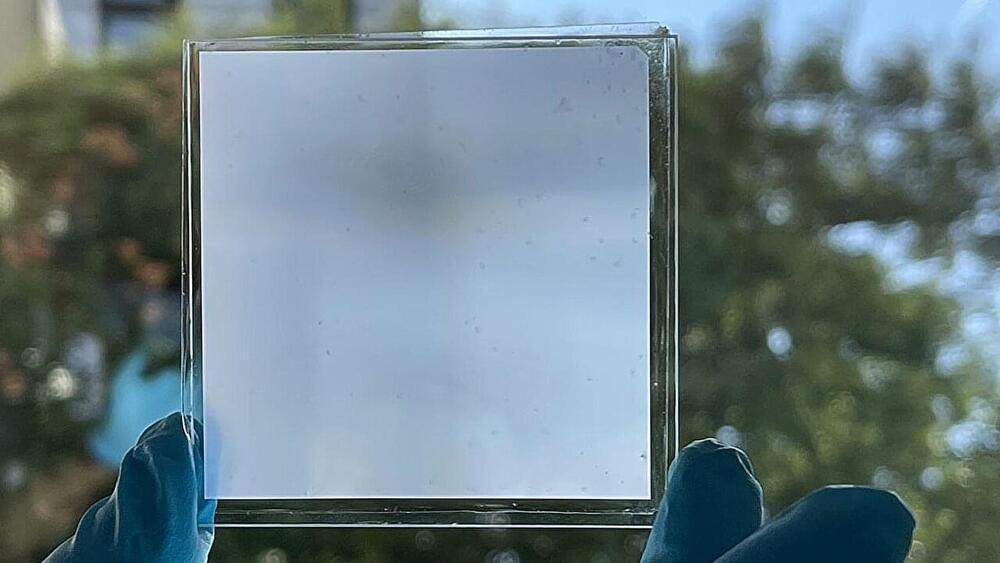Archive for the ‘climatology’ category: Page 18
May 29, 2024
Ford teases new F-150 Lightning-based EV SuperTruck ahead of Pikes Peak [Video]
Posted by Shailesh Prasad in categories: climatology, sustainability
Ford Performance is at it again. The high-performance unit is teasing its new Ford F-150 Lightning-based EV SuperTruck ahead of its official debut. To showcase its abilities, Ford’s new electric SuperTruck will compete in the upcoming Pikes Peak International Hill Climb.
Based on its best-selling electric pickup, Ford’s Performance team tweaked the Lightning-based EV SuperTruck to boost power and aerodynamics.
Ford says running test electric vehicles at Pikes Peak enables it to “push the boundaries of EV powertrains in the most extreme conditions.” The team then relays what it learns to improve Ford’s production vehicles.
May 28, 2024
‘Dressed’ Laser Aimed at Clouds May be Key to Inducing Rain, Lightning
Posted by Quinn Sena in categories: climatology, geoengineering, particle physics
This laser can simply control the weather to induce rain restoring regions back to their original states. It could also prevent weather aswell too. This could be used in cities to control the weather.
The adage “Everyone complains about the weather but nobody does anything about it,” may one day be obsolete if researchers at the University of Central Florida’s College of Optics & Photonics and the University of Arizona further develop a new technique to aim a high-energy laser beam into clouds to make it rain or trigger lightning.
The solution? Surround the beam with a second beam to act as an energy reservoir, sustaining the central beam to greater distances than previously possible. The secondary “dress” beam refuels and helps prevent the dissipation of the high-intensity primary beam, which on its own would break down quickly. A report on the project, “Externally refueled optical filaments,” was recently published in Nature Photonics.
Continue reading “‘Dressed’ Laser Aimed at Clouds May be Key to Inducing Rain, Lightning” »
May 26, 2024
Bangladesh evacuates hundreds of thousands as a severe cyclone approaches from the Bay of Bengal
Posted by Quinn Sena in category: climatology
NEW DELHI (AP) — Bangladesh evacuated nearly 800,000 people from vulnerable areas on Sunday as the country and neighboring India awaited the arrival of a severe cyclone that has formed over the Bay of Bengal. The storm is expected to cross Bangladesh and India’s West Bengal coasts around midnight Sunday. The India Meteorological Department said it is expected to reach maximum wind speeds of up to 120 kilometers per hour (75 mph), with gusts up…
May 26, 2024
Diamonds grown at normal pressure in just 15 minutes
Posted by Quinn Sena in categories: climatology, particle physics
Diamonds are famously formed under high pressure and temperature, which is partly why they’re so valuable. But now, scientists have created diamonds in a lab under regular pressure in just 15 minutes.
Diamonds are basically just plain old carbon that’s been put under immense pressure and temperature, causing the atoms to crystallize into a particular structure. On Earth, the only place with the right natural conditions is deep in the mantle, hundreds of miles down. Only later are they brought closer to the surface, hitching rides in volcanic eruptions, which makes them pretty rare. Couple that with some of the most insidious marketing in history, and you’ve got a highly sought-after little rock.
Scientists have been growing diamonds in labs for decades, but it usually still needs those extreme conditions – almost 50,000 atmospheres of pressure, and temperatures of about 1,500 °C (2,732 °F). But a new technique has now produced diamonds under normal pressure levels and cooler temperatures.
May 25, 2024
Research reveals scale of the EU’s dependency on imports for critical minerals needed for green transition
Posted by Dan Breeden in categories: climatology, materials
The climate transition is a materials transition. Decades of international diplomacy around oil, gas and pipelines are now giving way to conversations around the supply of critical raw materials. And not before time: to meet the EU’s energy and climate targets, we need to build the right technologies, in the right quantities, at the right speed. The problem is that many of these technologies are built with materials imported from just a handful of countries.
May 25, 2024
Smelting Steel With Sunlight: New Solar Trap Tech Could Help Decarbonize Industrial Heat
Posted by Dan Breeden in category: climatology
Some of the hardest sectors to decarbonize are industries that require high temperatures like steel smelting and cement production. A new approach uses a synthetic quartz solar trap to generate temperatures of over 1,000 degrees Celsius (1,832 degrees Fahrenheit)—hot enough for a host of carbon-intensive industries.
While most of the focus on the climate fight has been on cleaning up the electric grid and transportation, a surprisingly large amount of fossil fuel usage goes into industrial heat. As much as 25 percent of global energy consumption goes towards manufacturing glass, steel, and cement.
Electrifying these processes is challenging because it’s difficult to reach the high temperatures required. Solar receivers, which use thousands of sun-tracking mirrors to concentrate energy from the sun, have shown promise as they can hit temperatures of 3,000 C. But they’re very inefficient when processes require temperatures over 1,000 C because much of the energy is radiated back out.
May 25, 2024
Dr. Diane DiEuliis — NDU — Preparing National Security Leaders For The Next Generation Of Threats
Posted by Ira S. Pastor in categories: bioengineering, biological, biotech/medical, climatology, education, health, neuroscience, policy

Episode Disclaimer — The views presented in this episode are those of the speaker and do not necessarily represent the views of the United States Department of Defense (DoD) or its components.
Dr. Diane DiEuliis, Ph.D. is a Distinguished Research Fellow at National Defense University (NDU — https://www.ndu.edu/), an institution of higher education, funded by the United States Department of Defense, aimed at facilitating high-level education, training, and professional development of national security leaders. Her research areas focus on emerging biological technologies, biodefense, and preparedness for biothreats. Specific topic areas under this broad research portfolio include dual-use life sciences research, synthetic biology, the U.S. bioeconomy, disaster recovery, and behavioral, cognitive, and social science as it relates to important aspects of deterrence. Dr. DiEuliis currently has several research grants in progress, and teaches in foundational professional military education.
May 25, 2024
Transparent metamaterial for energy-efficient regulation in building can clean itself like a lotus leaf
Posted by Shailesh Prasad in categories: climatology, materials
Researchers at the Karlsruhe Institute of Technology (KIT) introduce a polymer-based material with unique properties in the journal Nature Communications. This material allows sunlight to enter, maintains a more comfortable indoor climate without additional energy, and cleans itself like a lotus leaf. The new development could replace glass components in walls and roofs in the future. The research team has successfully tested the material in outdoor tests on the KIT campus.
May 20, 2024
Dr Roland Roesch — Director, Innovation and Technology Centre, International Renewable Energy Agency
Posted by Ira S. Pastor in categories: business, climatology, economics, engineering, finance, policy, sustainability

Innovation For A Sustainable Global Energy Transformation — Dr. Roland Roesch, Ph.D. — Director, Innovation and Technology Centre, International Renewable Energy Agency (IRENA)
Dr. Roland Roesch, Ph.D. is Director, Innovation and Technology Centre (IITC), of the International Renewable Energy Agency (IRENA — https://www.irena.org/) where he oversees the Agency’s work on advising member countries in the area of technology status and roadmaps, energy planning, cost and markets and innovation policy frameworks.















